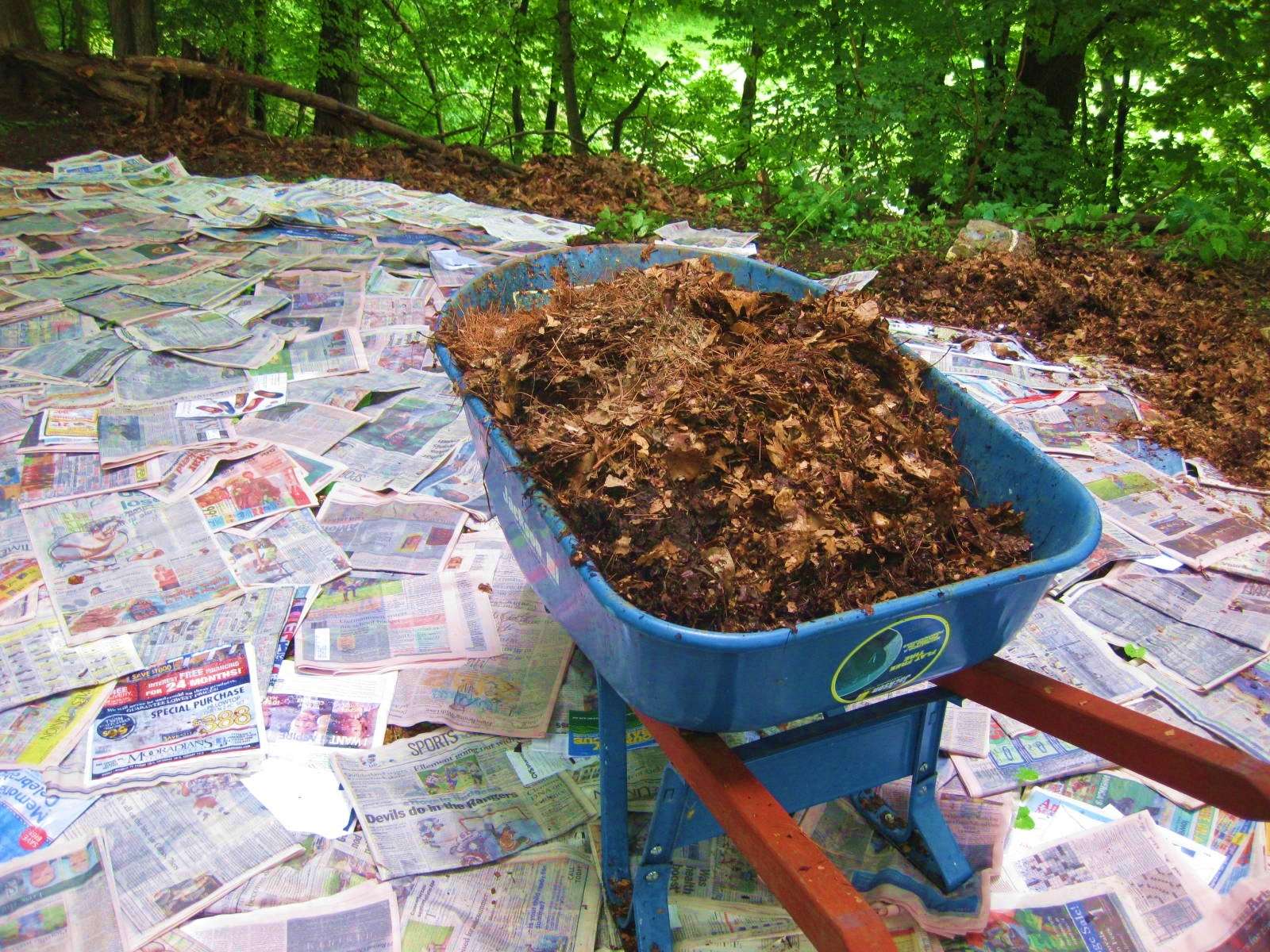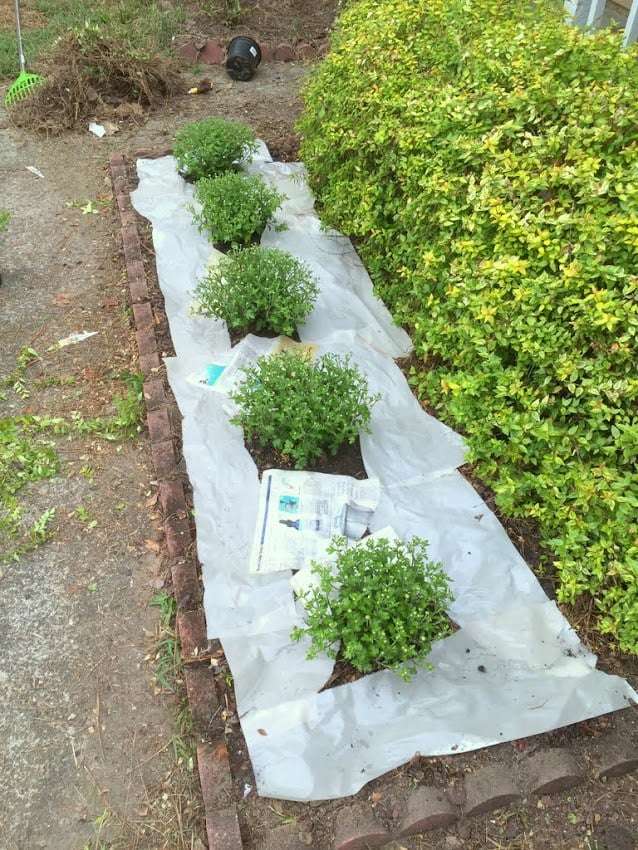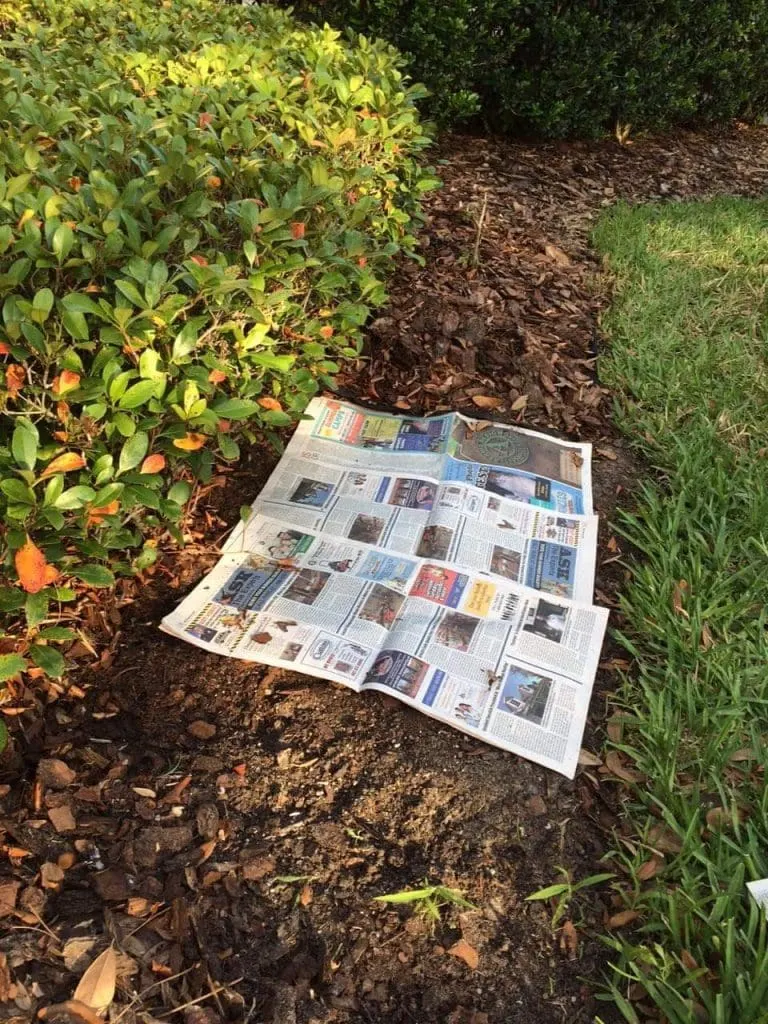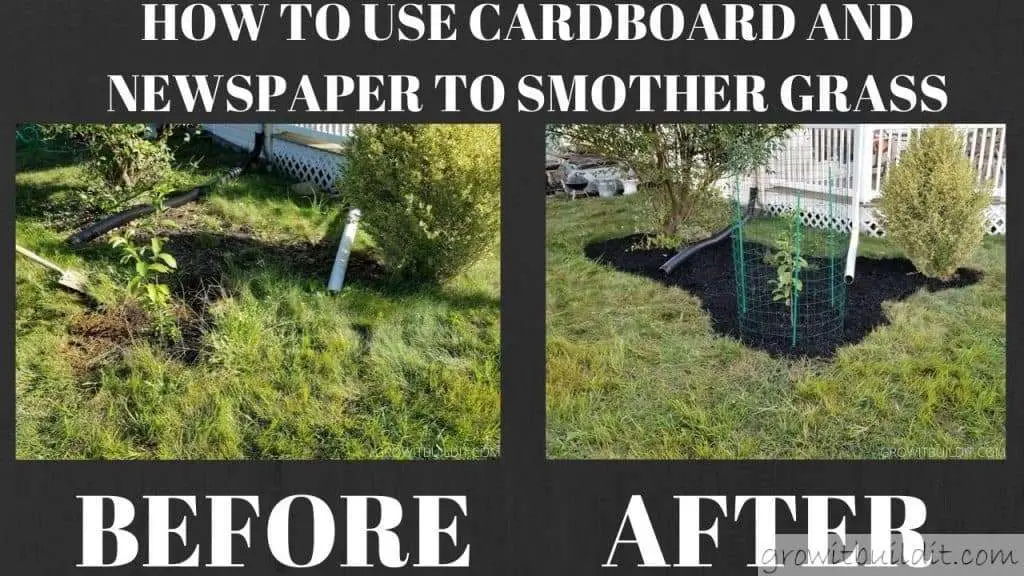Looking for a quick and effective way to provide mulch for your plants? Look no further than mulching with newspaper. Not only is it a convenient option, but it also has several benefits for your garden. The type of newspaper you choose will influence the quality of the mulch, so be sure to avoid those with colored ink, as they don’t decompose well. Shredded newspaper is ideal as it decomposes faster and helps aerate the soil. By placing the newspaper mulch around your plants, leaving space between the stem and mulch, you can protect them from weeds and retain moisture. To prevent the mulch from blowing away and aid in decomposition, be sure to water it before and after placing it. Want even better results? Consider adding organic mulch on top for enhanced water retention. With newspaper mulch, you can enjoy a healthier garden without breaking the bank.

Types of Newspaper for Mulching
When it comes to mulching with newspaper, the type of newspaper you choose can significantly impact the quality of the mulch. Not all newspapers are created equal, and some may be more beneficial for your plants than others.
One important factor to consider is whether the newspaper has colored ink. It is best to avoid newspapers with colored ink when using them for mulching. Colored ink contains dyes and chemicals that do not decompose well and can be harmful to your plants. Stick to newspapers with black and white ink to ensure the mulch decomposes properly and does not introduce any harmful substances to the soil.
Another consideration is whether to use shredded newspaper or whole sheets. Shredded newspaper tends to decompose faster than whole sheets and has the added benefit of aerating the soil. The shredding process breaks the newspaper down into smaller pieces, allowing for better absorption of moisture and nutrients by the plants. So, if you want quicker decomposition and improved soil aeration, shredded newspaper is the way to go.
Applying Newspaper Mulch
Once you have selected the right type of newspaper for your mulching needs, it’s time to apply it around your plants. The proper placement of newspaper mulch is essential for its effectiveness and the health of your plants.
Start by placing the newspaper mulch around the base of your plants, creating a layer that is approximately 2-3 inches thick. Make sure to leave some space between the stem of the plant and the mulch. This space will prevent the mulch from directly touching the stem, which can lead to excess moisture and the potential for fungal diseases.
Before applying the newspaper mulch, it is a good idea to water the area thoroughly. This will help the newspaper stick together and prevent it from blowing away in the wind. Additionally, watering the mulch after placement will aid in its decomposition process. The moisture will help break down the paper fibers, allowing them to integrate into the soil more effectively.

Enhancing Mulch Effectiveness
While newspaper mulch can be effective on its own, you can further enhance its benefits by incorporating other types of mulch. One option is to use organic mulch on top of the newspaper mulch. Organic mulch, such as wood chips or straw, can provide additional insulation and improve water retention. This combination of newspaper and organic mulch creates a protective layer that helps regulate soil temperature and conserve moisture, giving your plants the ideal growing environment.
Another way to enhance the effectiveness of newspaper mulch is by mixing it with other types of mulch. By combining shredded newspaper with materials like grass clippings or leaves, you can create a nutrient-rich mulch that will slowly release organic matter into the soil. This mixture of mulches will not only retain moisture but also provide essential nutrients as it decomposes, promoting healthy plant growth.

Decomposition Process of Newspaper Mulch
As with any mulch, it’s important to understand the decomposition process of newspaper mulch. While organic mulches tend to decompose relatively quickly, newspaper mulch takes a bit longer due to its composition.
Compared to organic mulches, such as wood chips or straw, newspaper mulch decomposes at a slower rate. The paper fibers are denser and can take longer to break down. However, this slower decomposition can be beneficial as it means your mulch will last longer and provide a more significant weed-suppressing barrier.
Although newspaper mulch decomposes at a slower rate, it still adds organic matter to the soil over time. As the paper breaks down, it enriches the soil, improving its structure and fertility. So, while newspaper mulch may take longer to decompose, it is still a valuable addition to your garden.

Benefits of Newspaper Mulch
There are numerous benefits to using newspaper mulch in your garden. Let’s explore some of the advantages that make it a popular choice among gardeners.
One of the primary benefits of newspaper mulch is its ability to suppress weed growth. By creating a layer of mulch around your plants, you prevent sunlight from reaching weed seeds, inhibiting their germination and growth. This natural weed barrier reduces the need for herbicides and manual weeding, saving you time and effort in maintaining your garden beds.
In addition to weed suppression, newspaper mulch also helps retain moisture in the soil. The layers of newspaper act as a barrier, reducing evaporation and keeping the soil moist for a more extended period. This water retention is especially beneficial during hot summer months or in areas prone to drought. Your plants will appreciate the consistent moisture levels and thrive in a more stable environment.
Furthermore, newspaper mulch adds organic matter to the soil as it decomposes. This organic matter improves soil structure, drainage, and nutrient retention. Over time, the incorporation of newspaper mulch will enhance the overall health and fertility of your garden soil, leading to healthier plants and increased yields.
Lastly, using newspaper mulch is eco-friendly and cost-effective. Instead of discarding old newspapers, you can repurpose them in your garden, reducing waste and recycling resources. Additionally, newspaper mulch is an affordable option compared to other types of mulch available on the market. It provides all the essential benefits without breaking the bank.
In conclusion, newspaper mulch can be a valuable addition to your gardening routine. By selecting the right type of newspaper, correctly applying it around your plants, and understanding its decomposition process, you can maximize its effectiveness and enjoy the numerous benefits it offers. So, the next time you find yourself with a collection of old newspapers, consider using them as mulch for your garden. Your plants will thank you for it, and you’ll have a healthier, more vibrant garden to enjoy.





